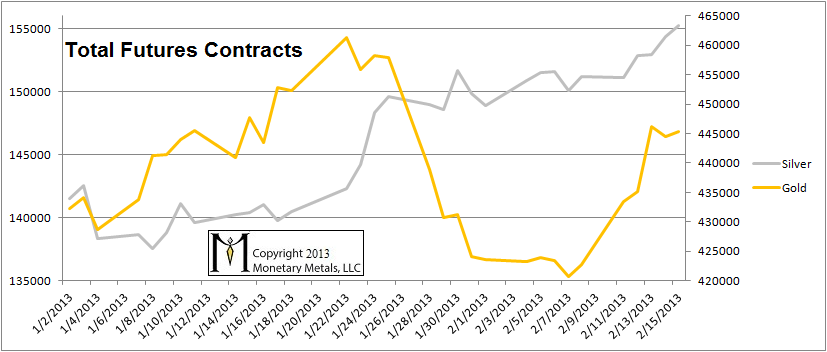Hedging Against Falling Gold Prices using Gold Futures
Post on: 30 Май, 2015 No Comment

Gold producers can hedge against falling gold price by taking up a position in the gold futures market.
Gold producers can employ what is known as a short hedge to lock in a future selling price for an ongoing production of gold that is only ready for sale sometime in the future.
To implement the short hedge, gold producers sell (short) enough gold futures contracts in the futures market to cover the quantity of gold to be produced.
Gold Futures Short Hedge Example
A gold mining company has just entered into a contract to sell 10,000 troy ounces of gold, to be delivered in 3 months’ time. The sale price is agreed by both parties to be based on the market price of gold on the day of delivery. At the time of signing the agreement, spot price for gold is USD 851.00/oz while the price of gold futures for delivery in 3 months’ time is USD 850.00/oz.
To lock in the selling price at USD 850.00/oz, the gold mining company can enter a short position in an appropriate number of NYMEX Gold futures contracts. With each NYMEX Gold futures contract covering 100 troy ounces of gold, the gold mining company will be required to short 100 futures contracts.
The effect of putting in place the hedge should guarantee that the gold mining company will be able to sell the 10,000 troy ounces of gold at USD 850.00/oz for a total amount of USD 8,500,000. Let’s see how this is achieved by looking at scenarios in which the price of gold makes a significant move either upwards or downwards by delivery date.
Scenario #1: Gold Spot Price Fell by 10% to USD 765.90/oz on Delivery Date
As per the sales contract, the gold mining company will have to sell the gold at only USD 765.90/oz, resulting in a net sales proceeds of USD 7,659,000.
By delivery date, the gold futures price will have converged with the gold spot price and will be equal to USD 765.90/oz. As the short futures position was entered at USD 850.00/oz, it will have gained USD 850.00 — USD 765.90 = USD 84.10 per troy ounce. With 100 contracts covering a total of 10000 troy ounces, the total gain from the short futures position is USD 841,000
Together, the gain in the gold futures market and the amount realised from the sales contract will total USD 841,000 + USD 7,659,000 = USD 8,500,000. This amount is equivalent to selling 10,000 troy ounces of gold at USD 850.00/oz.
Scenario #2: Gold Spot Price Rose by 10% to USD 936.10/oz on Delivery Date

With the increase in gold price to USD 936.10/oz, the gold producer will be able to sell the 10,000 troy ounces of gold for a higher net sales proceeds of USD 9,361,000.
However, as the short futures position was entered at a lower price of USD 850.00/oz, it will have lost USD 936.10 — USD 850.00 = USD 86.10 per troy ounce. With 100 contracts covering a total of 10,000 troy ounces of gold, the total loss from the short futures position is USD 861,000.
In the end, the higher sales proceeds is offset by the loss in the gold futures market, resulting in a net proceeds of USD 9,361,000 — USD 861,000 = USD 8,500,000. Again, this is the same amount that would be received by selling 10,000 troy ounces of gold at USD 850.00/oz.
Risk/Reward Tradeoff
As can be seen from the above examples, the downside of the short hedge is that the gold seller would have been better off without the hedge if the price of the commodity went up.
An alternative way of hedging against falling gold prices while still be able to benefit from a rise in gold price is to buy gold put options .














